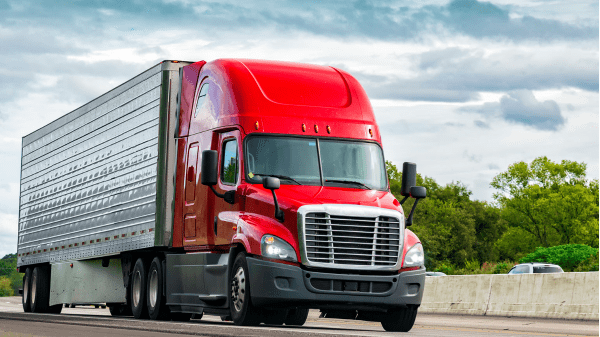For this transportation-themed series, Blueprints hosted a roundtable discussion of crucial issues affecting the sector.
Learn what our panel of nine experts had to say, as they offer their perspectives and weigh in on key issues and more.
ONE YEAR, MANY CHALLENGES
The last year—as well as the few before it—presented unprecedented difficulties both old and new for those in the transportation and logistics industry.
Traffic problems and congestion were already a challenge for drivers, especially in heavily traveled shipping lanes. Although highway infrastructure projects are underway across the country, helped by federal dollars, progress is slow and construction exacerbates the issue.
In the most recent American Trucking Research Institute (ATRI) list of Top 100 Truck Bottlenecks, released in February, the top 10 included well known pain points for truckers: I-95 and State Road 4 in Fort Lee, NJ was ranked as the top snarl for the fourth year in a row.
The rest of the top 10 included major intersections in Cincinnati, Houston, Atlanta (twice, with two different interchanges), Chicago, Los Angeles, Dallas, San Bernadino, and Chattanooga—a cross-section of the country.
Above and beyond the usual transportation woes was the arrival of the Covid pandemic. It wreaked havoc in every corner of the supply chain, causing significant disruptions in the availability of key personnel from field to retail shelves, and further altered traffic and travel patterns.
Next came climbing inflation and punishing fuel costs.
A survey by logistics coordinator Coyote Logistics, LLC identified several issues confronting carriers like never before: sourcing reliable carrier capacity, racing to meet customer demands, keeping on top of new technologies, and improving on-time delivery.
These factors complicate all of the existing challenges, such as keeping maintenance costs down, coping with unexpected and unpredictable shipping delays (especially when perishables are concerned), poor communication across pain points, and staying on top of government regulations.
Labor issues, of course, continue to plague the industry, as a greying population of drivers has proven hard to replace.
Younger workers aren’t willing to settle for low-wage jobs in a market with high demand for labor, and those who do want to enter the field saw disrupted training and testing thanks to coronavirus prevention measures.
In turning back to ATRI, if we look at the organization’s most recent Critical Issues in the Trucking Industry annual survey, the most vexing issues are not new challenges, but their placement and rise among the ranking may surprise some.
For the purposes of this series, we’ve narrowed the focus to five of the report’s interrelated issues.
First, the availability of skilled drivers; second, higher insurance rates and a wave of costly lawsuits; third, no-idle laws and the lack of parking; fourth, traffic delays, shipping slowdowns, and detention of trucks at ports; and fifth, the need for technicians and parts to maintain shipping fleets.
This is an excerpt from the Transportation & Logistics supplement to the July/August 2022 issue of Produce Blueprints Magazine. Click here to read the whole supplement.



